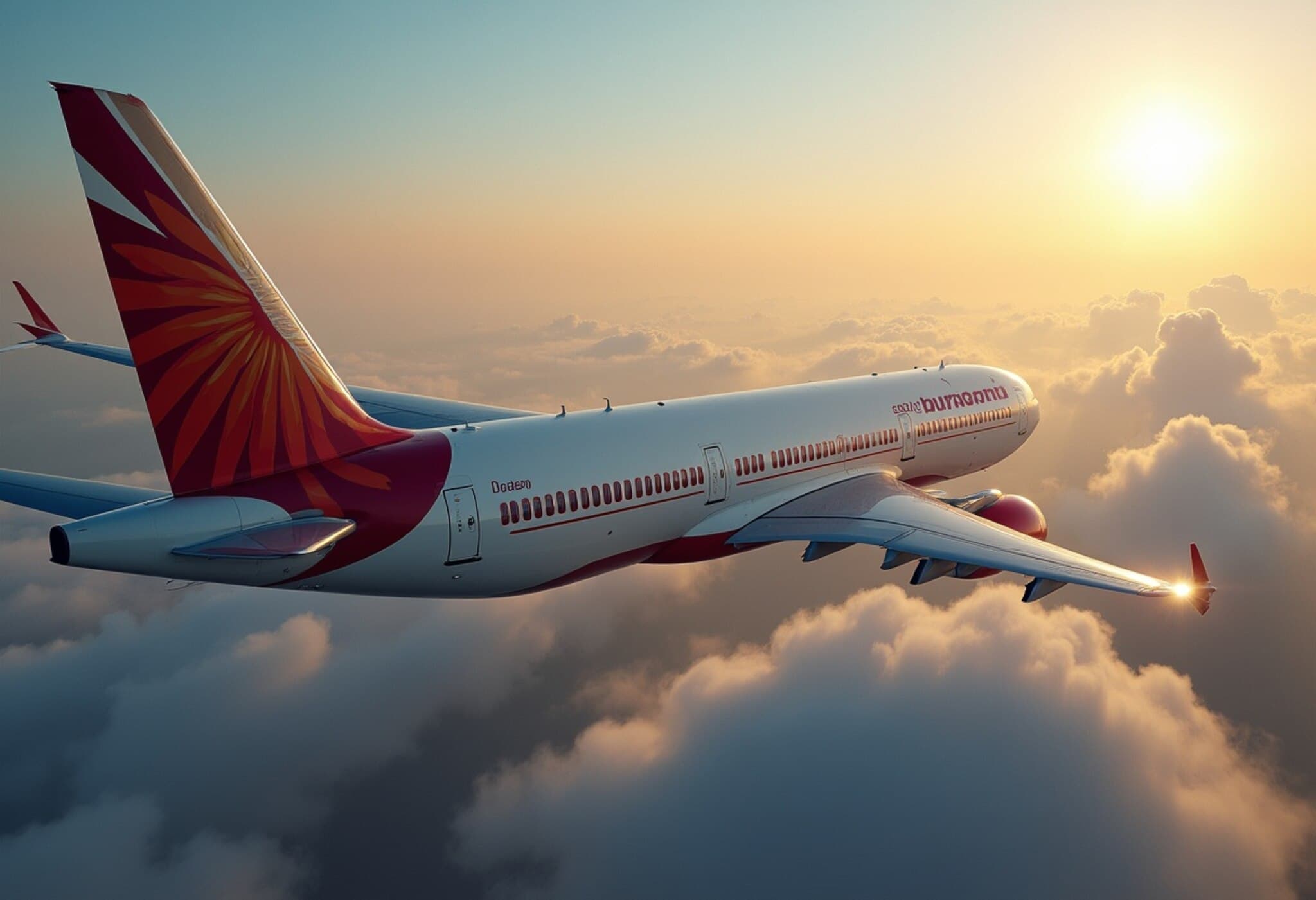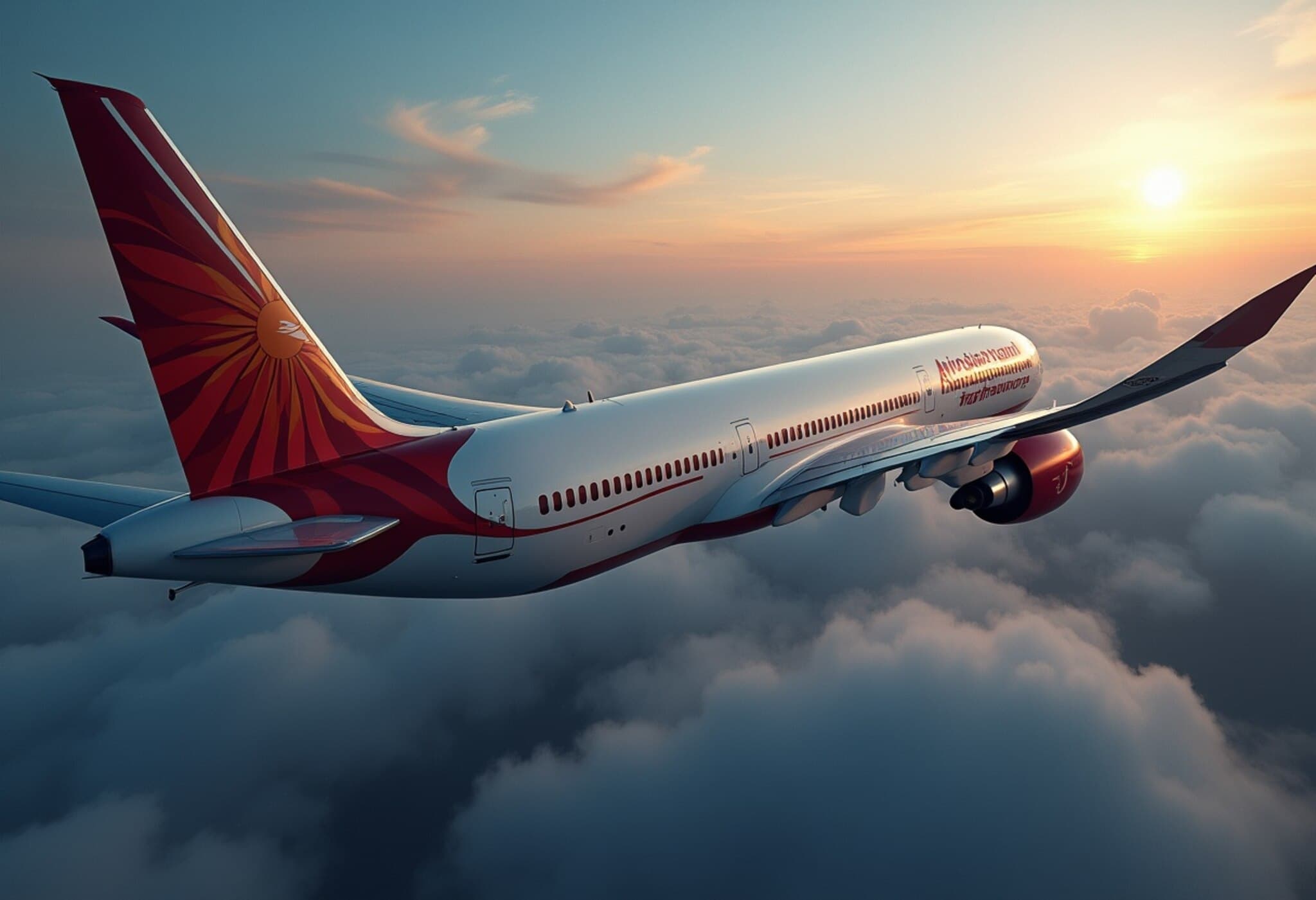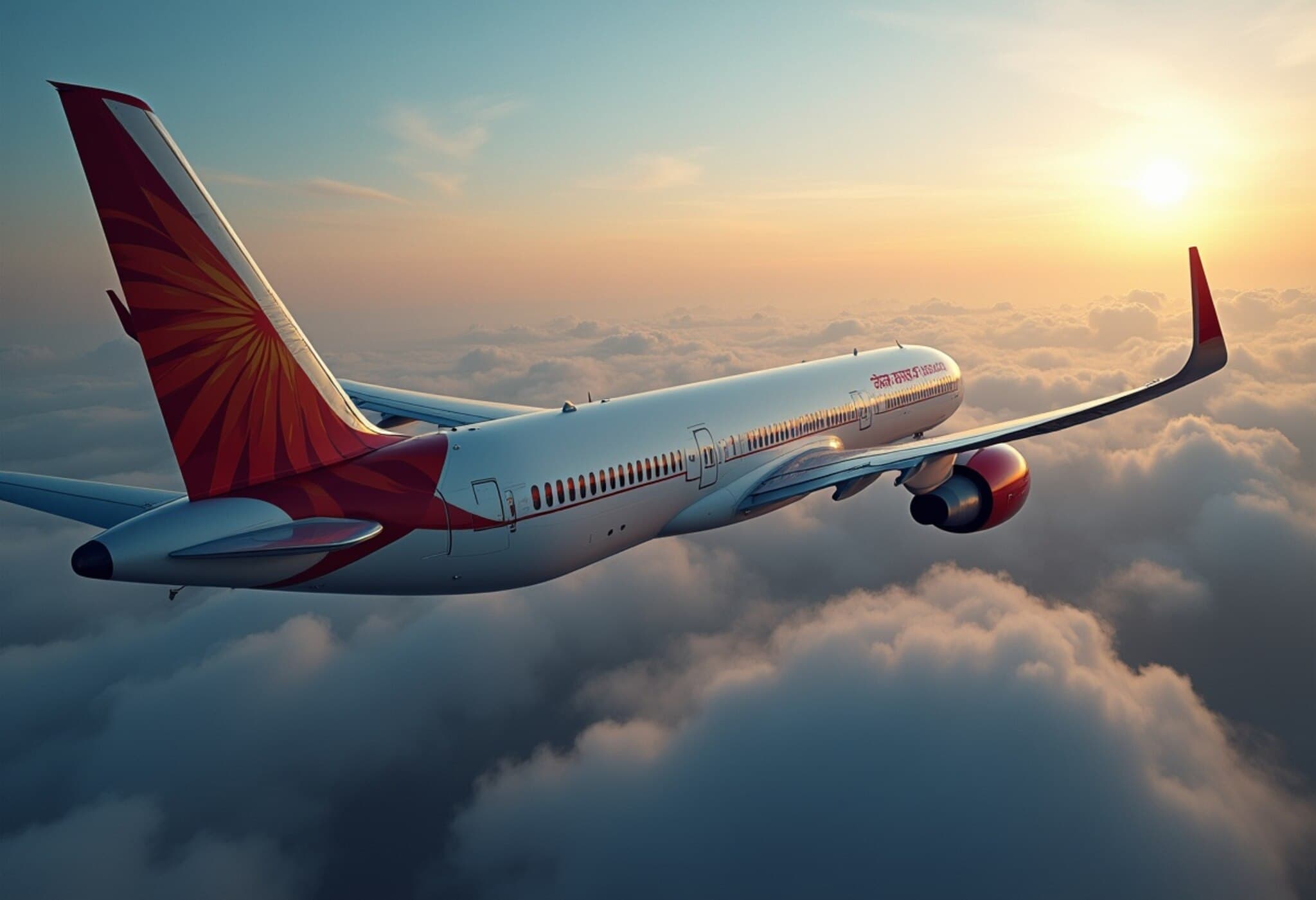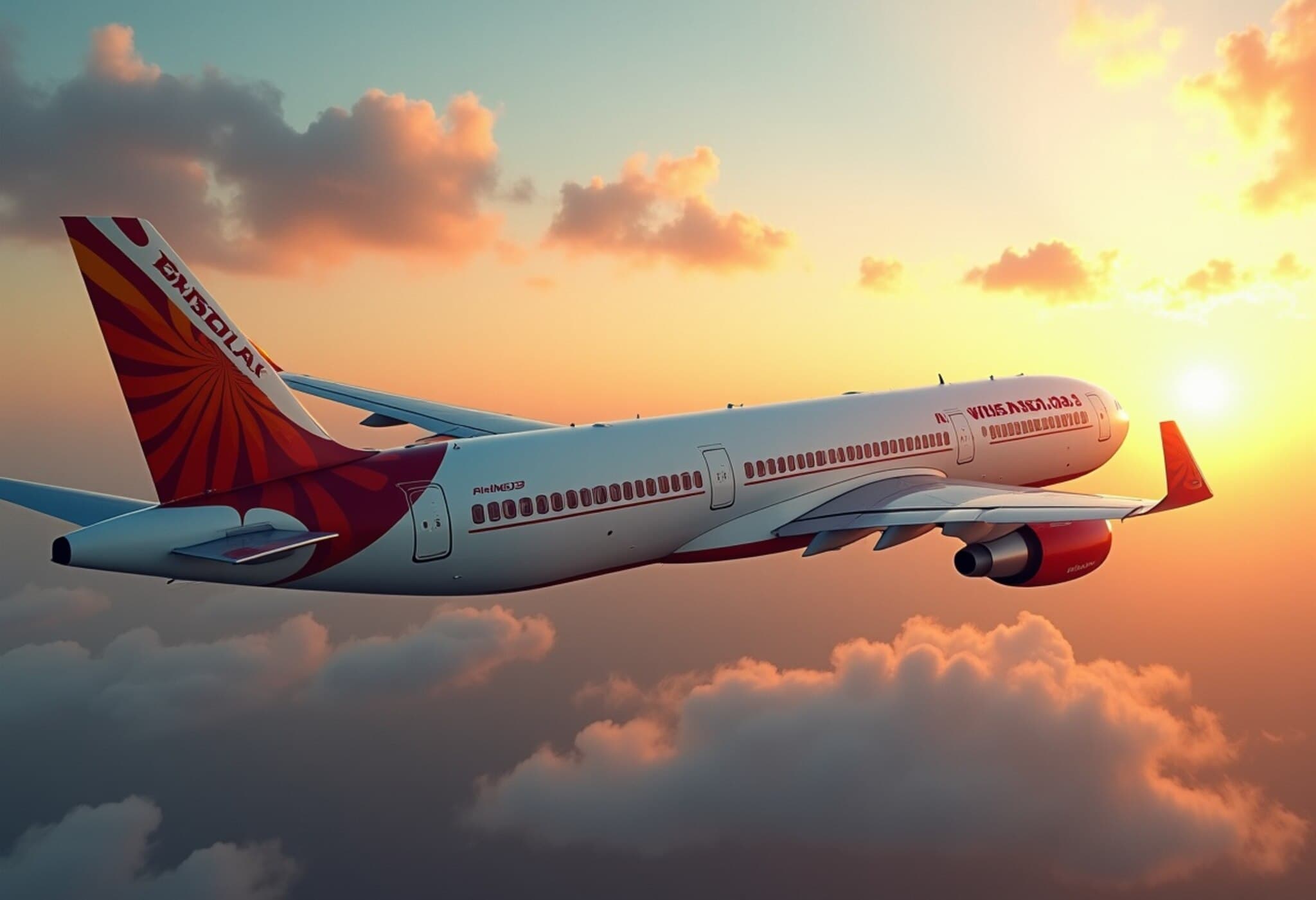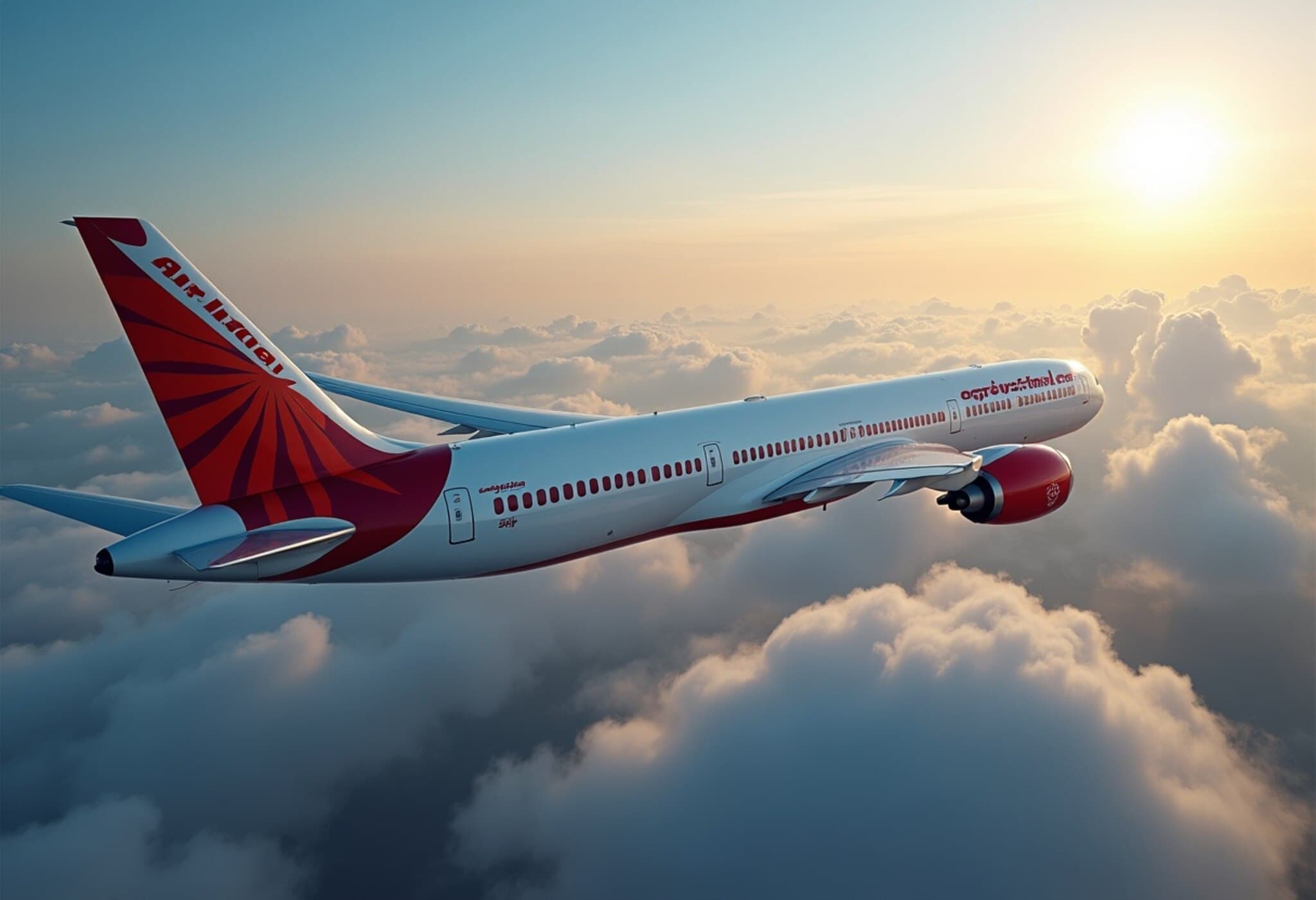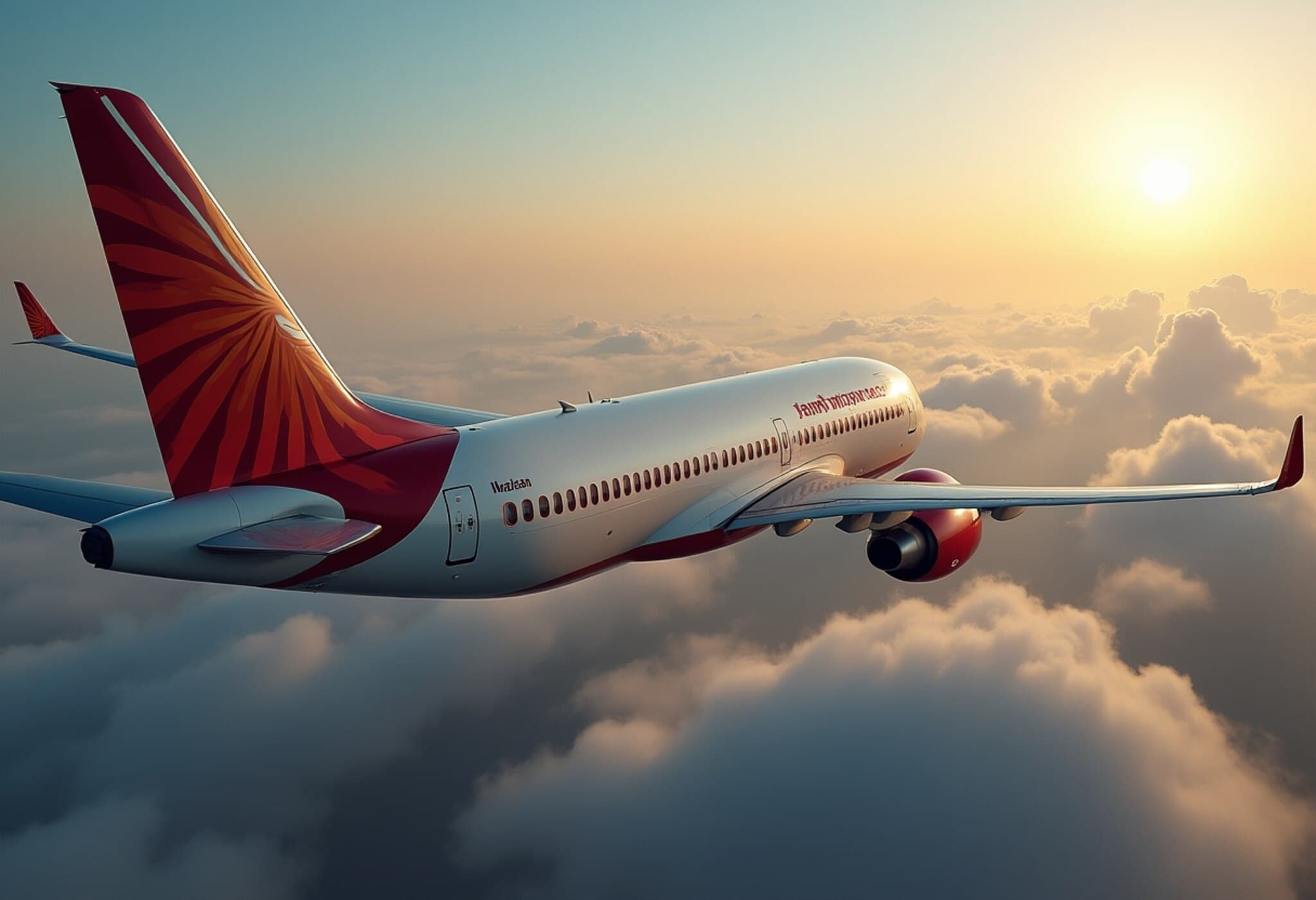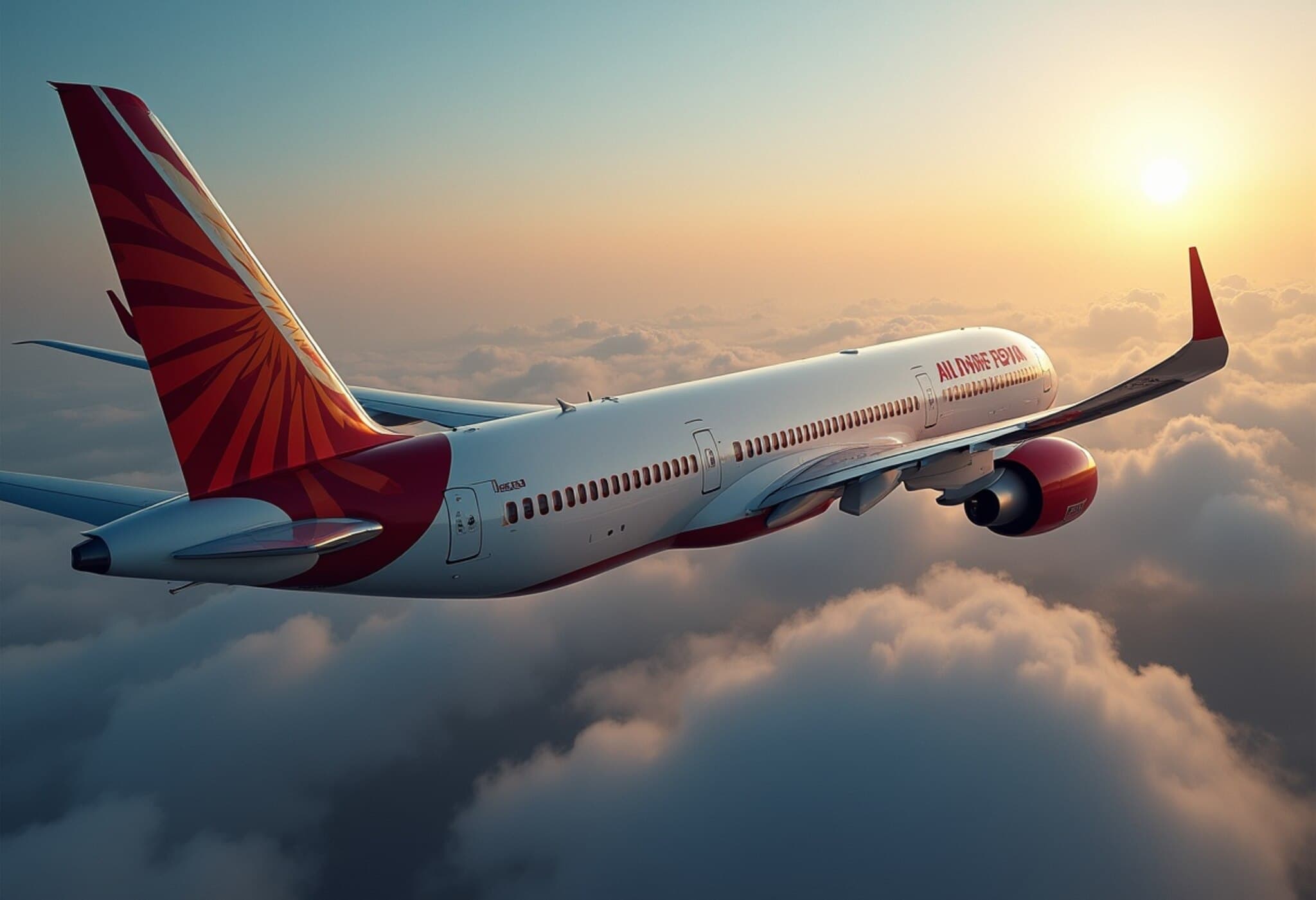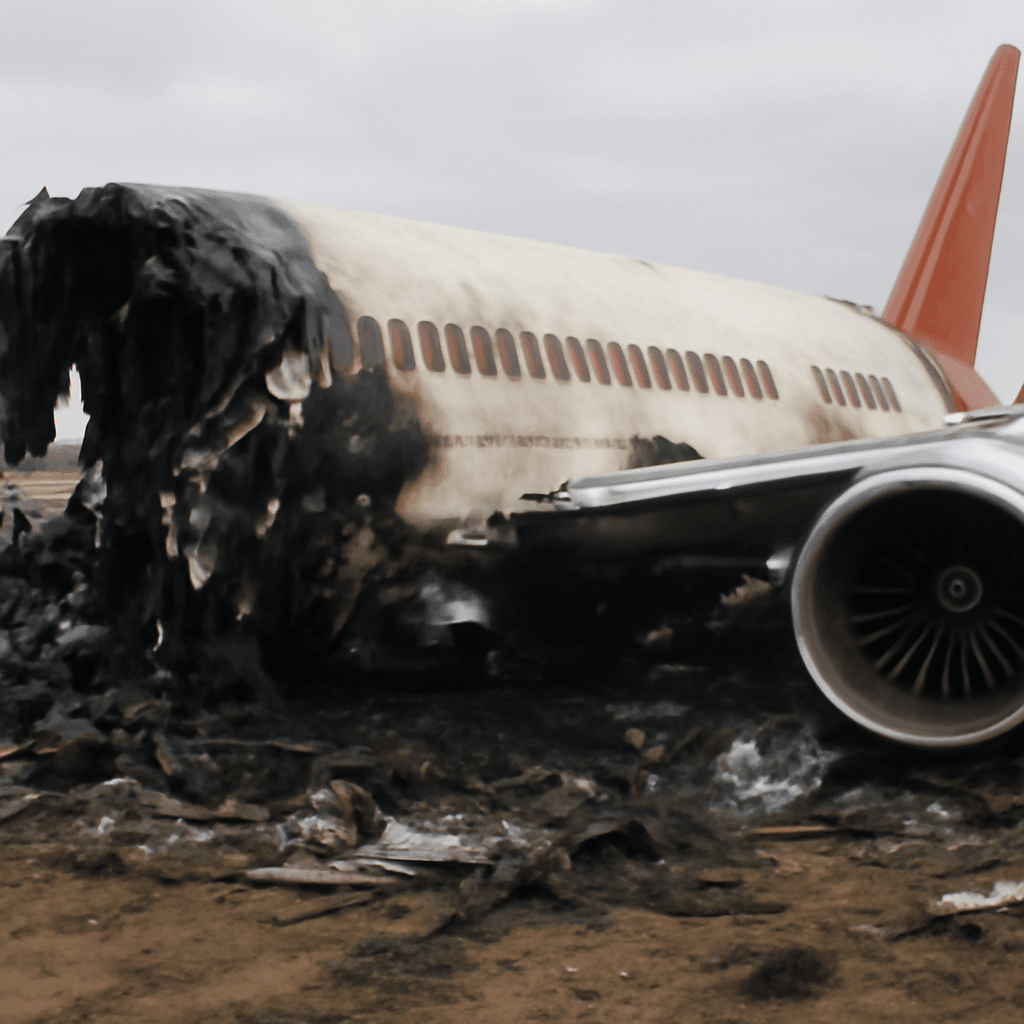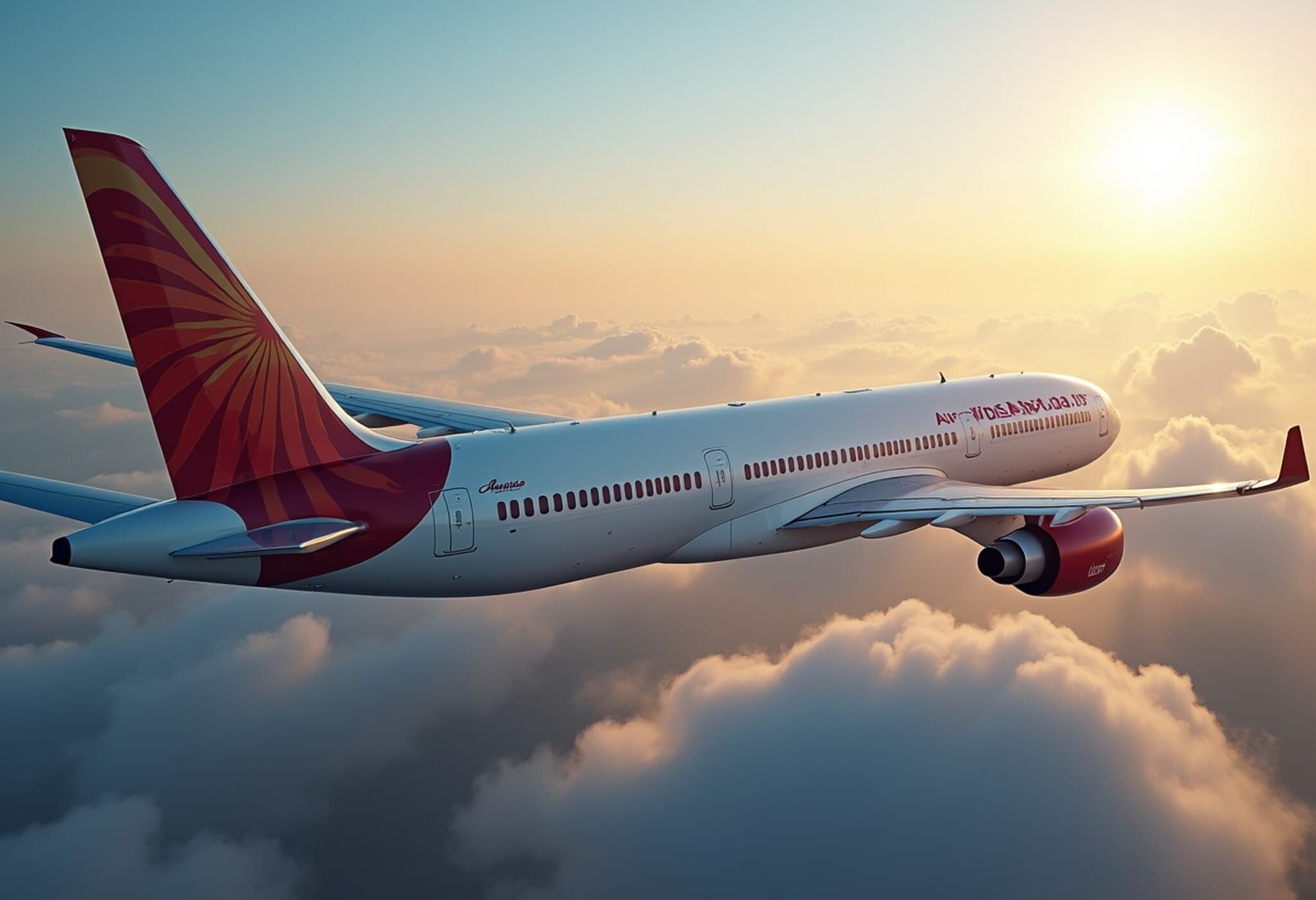Preliminary Report on Air India Crash Set for Friday Release
A preliminary investigation report into the tragic Air India Boeing 787 Dreamliner crash in June is anticipated to be made public by this Friday, according to multiple sources familiar with the matter. This anticipated disclosure could shed vital light on what stands as the deadliest aviation disaster worldwide in the last decade.
However, these insiders—speaking on condition of anonymity due to the sensitive nature of the investigation—warned that while Friday is the projected release date, plans remain flexible. The report’s level of detail is also uncertain, coming approximately 30 days after the June 12 calamity.
Crash Background and Ongoing Investigation
The ill-fated Air India Flight 171, departing from Ahmedabad for London, suddenly lost altitude shortly after reaching only 650 feet. The plane crashed within moments, tragically killing 241 of the 242 passengers and crew, along with additional casualties on the ground.
Investigation efforts are centered on a critical component: the movement of the aircraft's engine fuel control switches. This focus has emerged following an exhaustive analysis of the Boeing 787's flight data recorder (FDR) and cockpit voice recorder (CVR), sources told aviation industry publication Air Current. The gathered data has not definitively determined whether the loss of thrust was due to inadvertent, improper, or potentially intentional actions.
It remains a fundamental principle in aviation that most crashes are multifactorial, resulting from a complex interplay of mechanical, human, and environmental factors. Therefore, investigators continue piecing together all elements contributing to this tragedy.
Role of India's Aircraft Accident Investigation Bureau
India’s Aircraft Accident Investigation Bureau (AAIB) leads the inquiry under the guidance of national and international aviation safety protocols. While the bureau has remained tight-lipped during off-hours, sources confirmed that the AAIB has submitted a preliminary report to the country’s civil aviation ministry.
Since the crash, the investigation has faced criticism for limited transparency. Notably, substantial delays occurred before the flight recorders were analyzed, and the government has hosted only one press conference, which notably did not entertain journalists’ questions.
International Collaboration and Controversies
Initially, India resisted the participation of a United Nations aviation expert from the International Civil Aviation Organization (ICAO). This reluctance surprised the global community, given ICAO’s mandate to promote aviation safety worldwide. However, sources revealed a reversal of that stance, with the expert now granted observer status, indicating a willingness for greater cooperation.
ICAO has declined to comment publicly on these arrangements, emphasizing that any disclosure requires state authorization, underscoring the sensitive and politicized nature of the probe.
Implications for Air India and India’s Aviation Ambitions
The crash poses a significant challenge to the Tata Group, which acquired Air India in 2022. The conglomerate embarked on an ambitious overhaul to revamp the airline’s fleet and reputation. This disaster tests not only the corporate turnaround efforts but also India's broader aspiration to emerge as a global aviation hub rivaling the likes of Dubai.
New Delhi’s vision ties the aviation sector's expansion closely with its larger economic development and job creation agenda. As India aims to transform its skies into a vibrant crossroads for international travel, safety and public trust remain paramount.
Parliamentary Oversight and Future Inquiries
In light of the public concern, an Indian parliamentary panel has scheduled a session this Wednesday to scrutinize civil aviation issues. Government officials and industry representatives will be summoned to address questions related to the crash as well as wider regulatory oversight.
Expert Commentary
From an aviation safety perspective, the focus on engine fuel control switches highlights the critical intersection of technology and human factors. As aircraft systems grow increasingly sophisticated, pilot training and real-time system monitoring become ever more vital. Furthermore, transparent communication from authorities following such disasters plays a crucial role in maintaining public confidence and advancing industry reforms.
Economically, the way India handles this investigation and its aftermath could influence foreign investment and international partnerships within its burgeoning aviation sector. It underscores the delicate balance between rapid growth and uncompromised safety.
Editor’s Note
The imminent release of the Air India crash preliminary report marks a pivotal moment in understanding a deeply tragic event. Yet, beyond the technical findings, critical questions linger about transparency, international collaboration, and the systemic safety challenges facing a rapidly expanding Indian aviation industry. How will lessons learned shape future policies? Can India reconcile its global ambitions with uncompromising safety standards? These questions remain open as the aviation community and the public await further insights.

